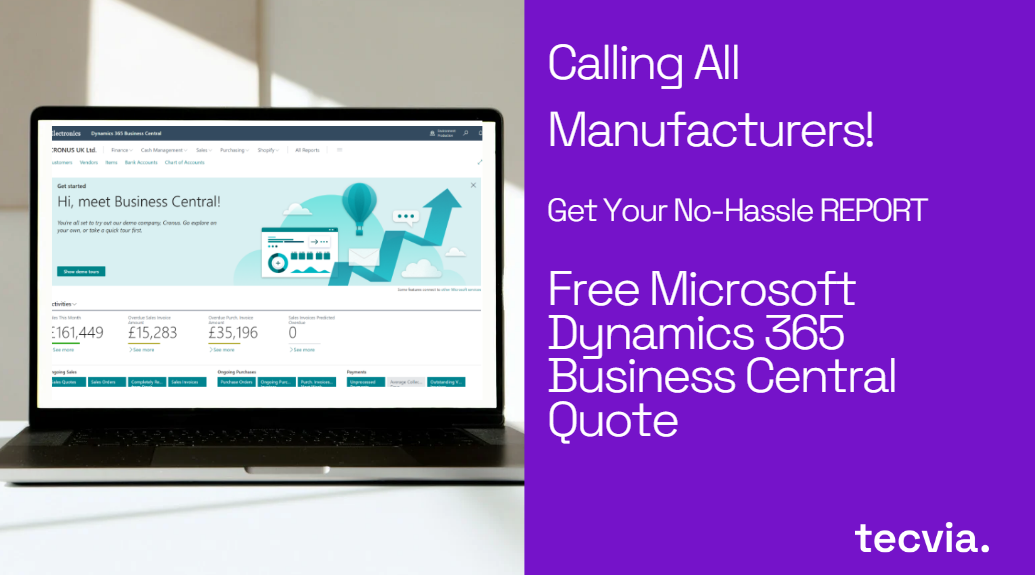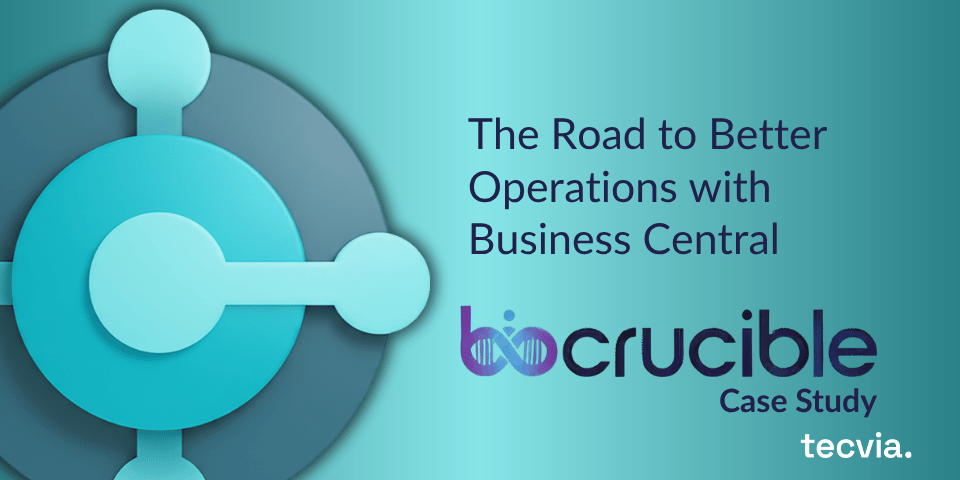As businesses scale and become more complex out of necessity, an Enterprise Resource Planning (ERP) system is crucial for managing your company’s operations efficiently.
However, not all ERP systems continue to meet the changing needs of a business.
This article will help you evaluate whether your current ERP system is still the right fit for your business and how to ensure you’re not overpaying for unused features.
Assessing Your Current ERP System
Follow this process to review your current ERP to ensure it effectively aligns with your needs.
1. Evaluate How Your Current System is Used
Start by assessing which features of your ERP system are actively used and which are not. Many businesses find it challenging to pay for complex functionalities that remain largely untouched.
Action: Conduct a feature utilisation audit by the department to identify rarely used features.
2. Analyse Cost vs Utility
Around 40% of businesses only use half the functionality and, therefore, are paying way more than they need to for available features.
Consider the costs associated with your ERP system, including licenses, maintenance, support, and any additional modules you’ve purchased.
Action: Compare these costs against the benefits and efficiencies gained. Are you seeing a return on your investment?
3. Check for Scalability and Flexibility
On the flip side of under-utilisation, does your current ERP system allow you to scale? Can it integrate easily with new technologies or adapt to changing business processes?
If your ERP cannot scale or adapt, it may be time to consider an alternative solution. Look for signs of strain, such as system slowdowns or difficulties adding new users or functions.
Action: Look into what your current system can’t offer – or what is provided as additional or third-party upgrades. These are tell-tale signs of extra cost.
4. Assess User Satisfaction and Support Services
User satisfaction is a critical indicator of how well an ERP system serves your business. Discontent among users can signal that the system is not intuitive or meeting business needs.
Equally, the quality of customer support provided should be evaluated. Are issues resolved quickly and efficiently?
Action: Review tickets you’ve received to see if your ERP is causing standard process challenges. If this is left unresolved, you might risk losing customers.
5. Determine Compliance and Security Features
With regulatory requirements constantly changing, ensure your ERP system complies with current data protection laws and industry regulations.
Security features should also be up-to-date to protect against cyber threats.
Action: Check you are protected to the very latest levels.
6. Consult with Stakeholders
Gather feedback from key stakeholders across various departments. This holistic view can highlight differing needs and perceptions, comprehensively assessing your ERP system’s performance.
Action: Share your research and findings with colleagues to clarify whether you should consider changing your current ERP.
Summary
Evaluating your current ERP system’s effectiveness is crucial for ensuring it continues to efficiently support your business objectives. If your system lacks utility, scalability, or support, it might be time to consider a switch.
For businesses contemplating an upgrade or change, Tecvia, a Microsoft Dynamics 365 Business Central partner, offers robust ERP solutions tailored to your unique business needs.
Microsoft Dynamics 365 Business Central is known for its flexibility, scalability, and comprehensive support, making it an excellent choice for businesses looking to enhance their operational efficiency.
__
Are you ready to optimise your ERP investment?
Contact Tecvia today for a comprehensive system review and explore how Microsoft Dynamics 365 Business Central can meet your evolving business needs.
Don’t settle for less—ensure your ERP system is as dynamic as your business.
Recommended reading
Choosing the Right ERP System: A Step-by-Step Guide for Beginners
Tecvia transforms moving mountains with Microsoft Dynamics 365 Business Central


